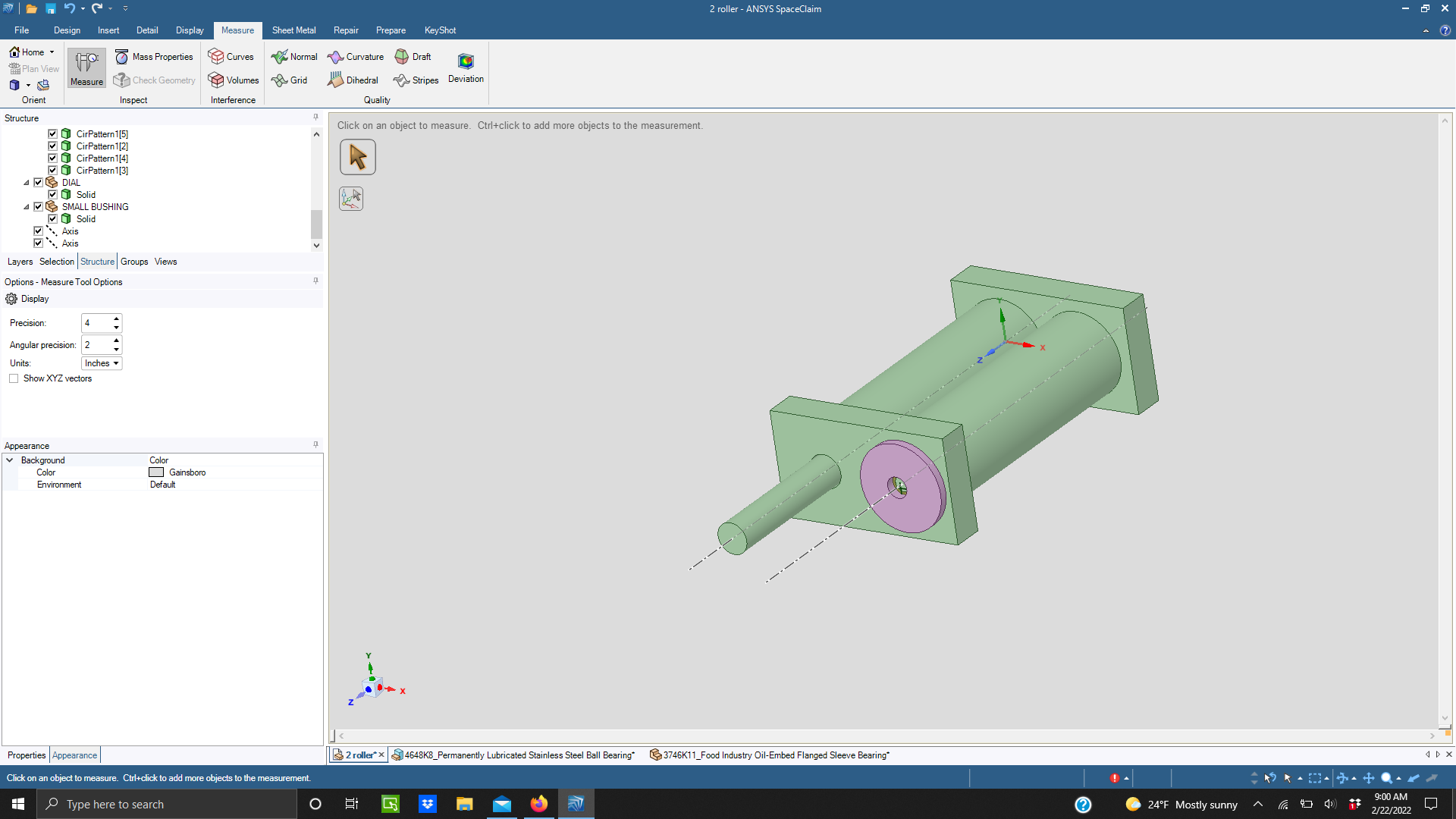Hans O. Lowe
Well-Known Member
I work for a company doing design, prototyping, and small quantity manufacturing. We've been slow recently and the owner has said a few times we need to diversify. I decided to prototype a heavy-duty grain mill as a possible product to sell. (I don't own one so that's a bonus for me)
If you were adding things to your wish list of what a mill can do and features you'd like to have on one what would they be?
If you were adding things to your wish list of what a mill can do and features you'd like to have on one what would they be?
















































![Craft A Brew - Safale S-04 Dry Yeast - Fermentis - English Ale Dry Yeast - For English and American Ales and Hard Apple Ciders - Ingredients for Home Brewing - Beer Making Supplies - [1 Pack]](https://m.media-amazon.com/images/I/41fVGNh6JfL._SL500_.jpg)










